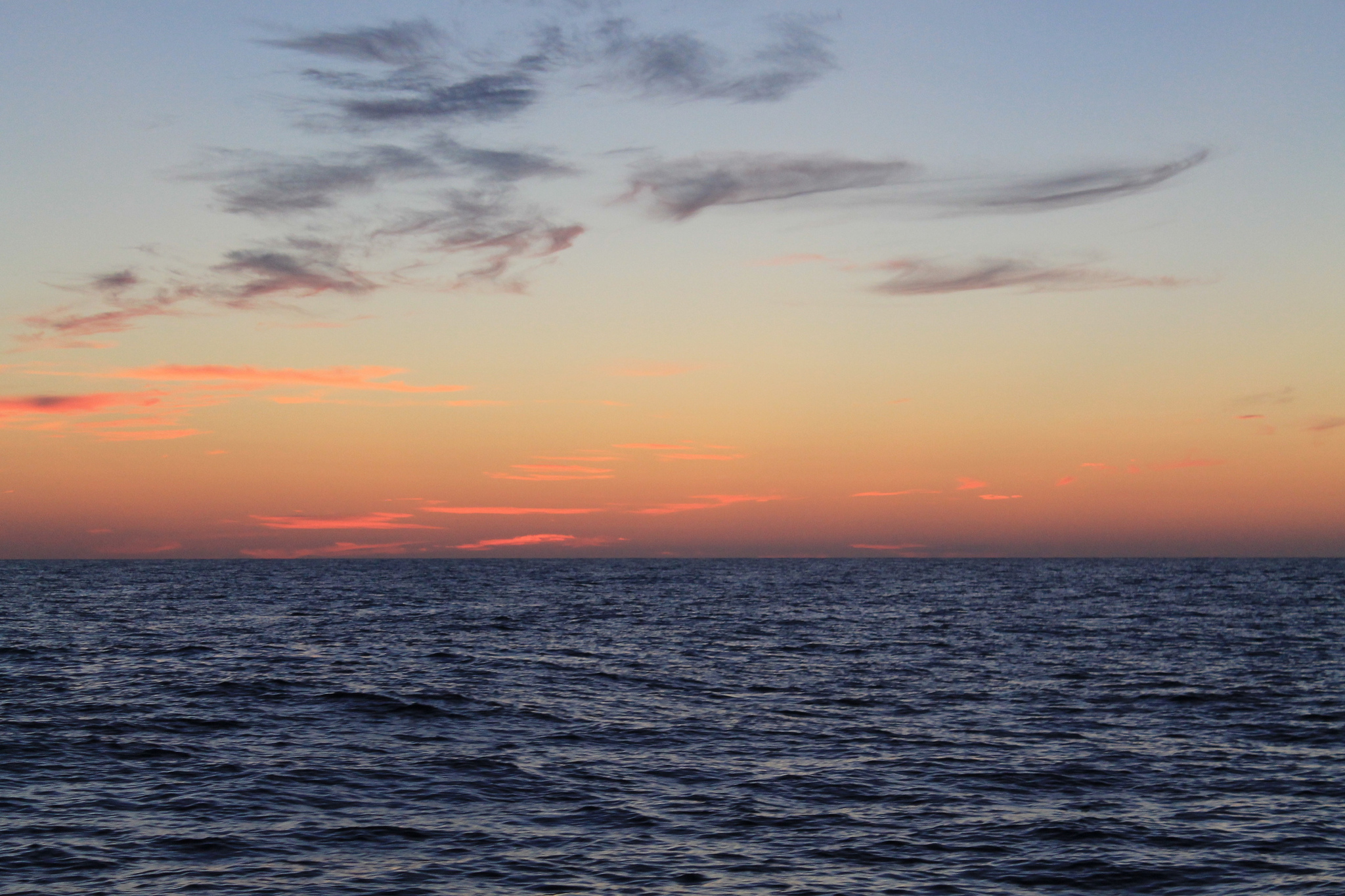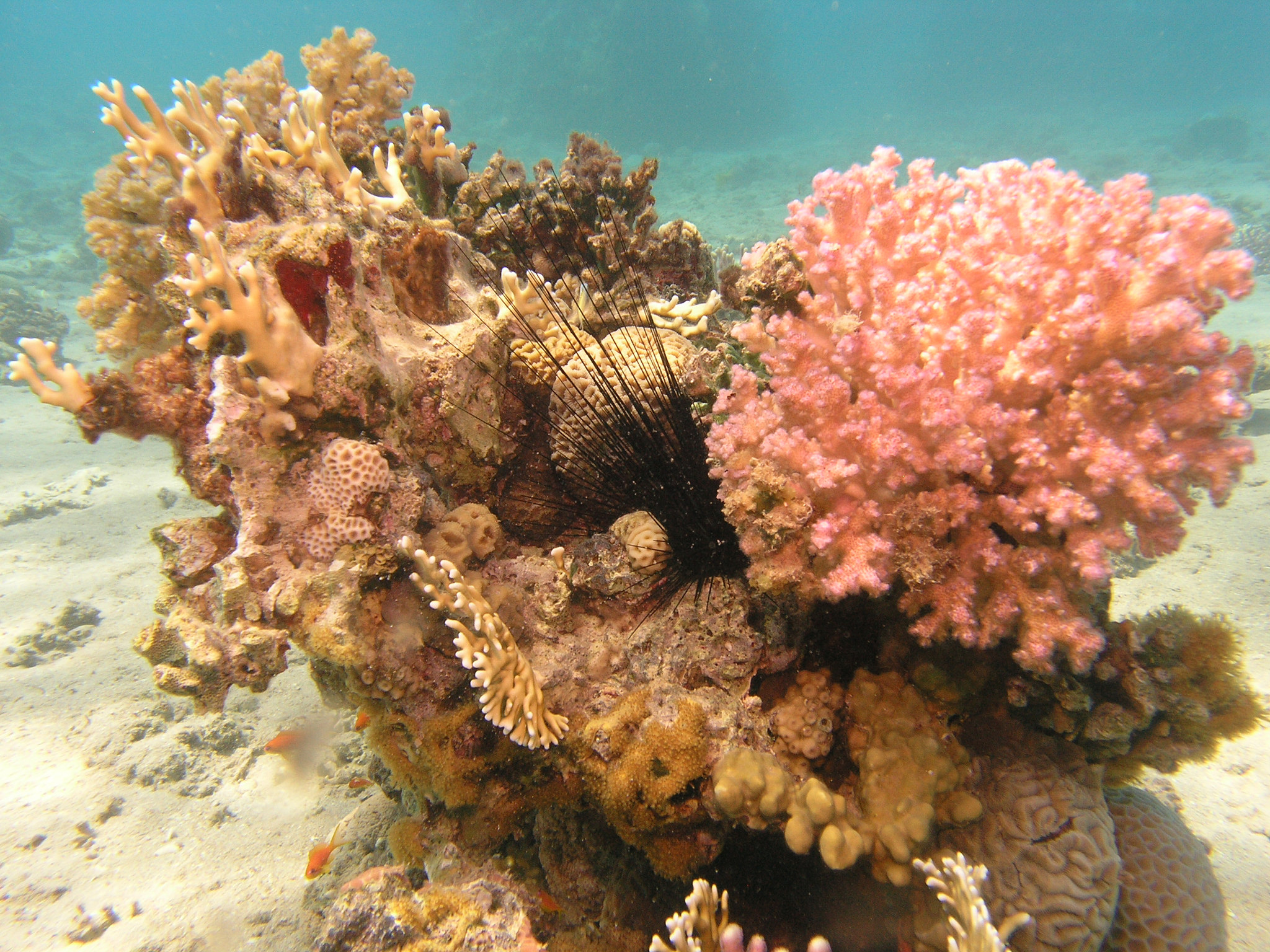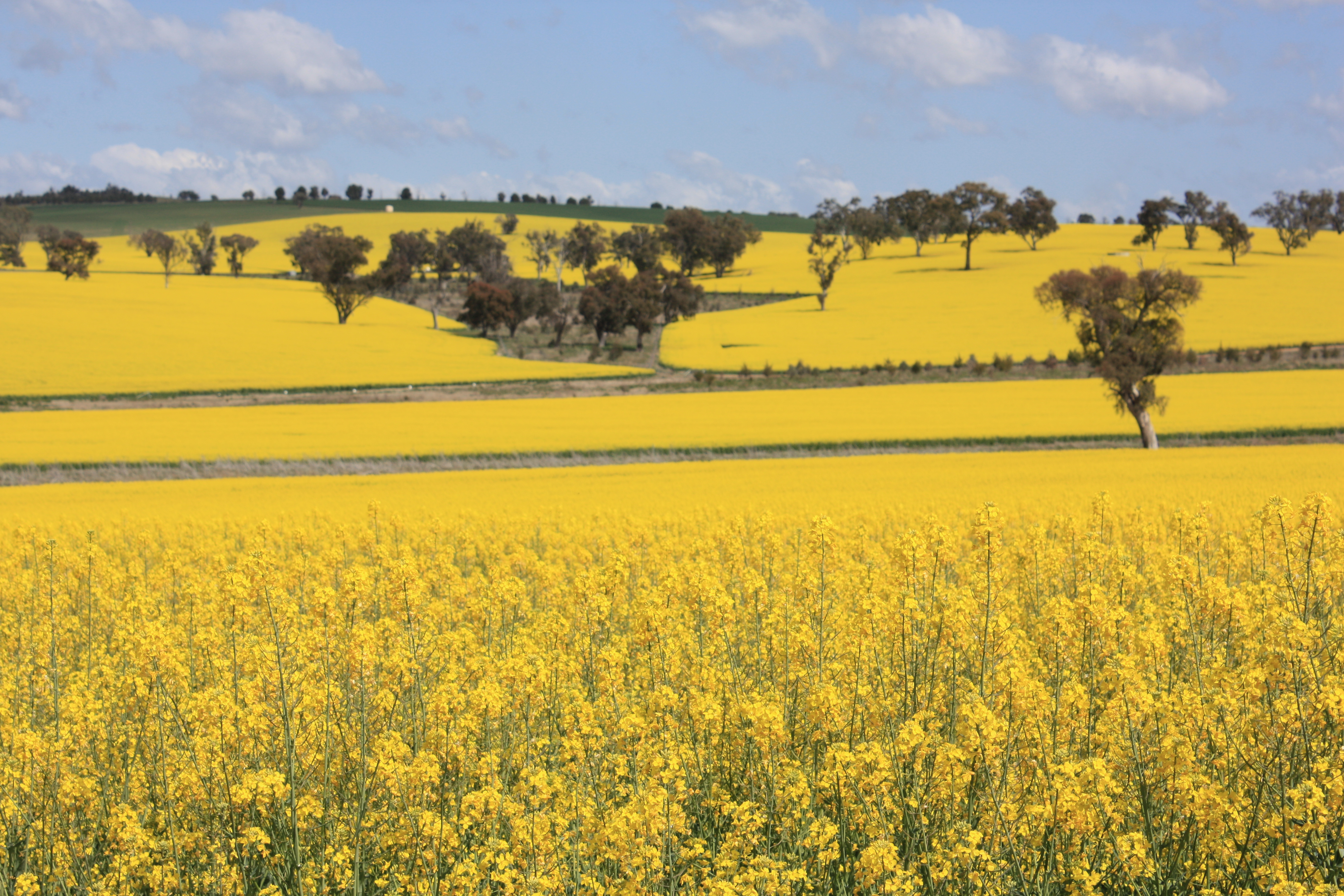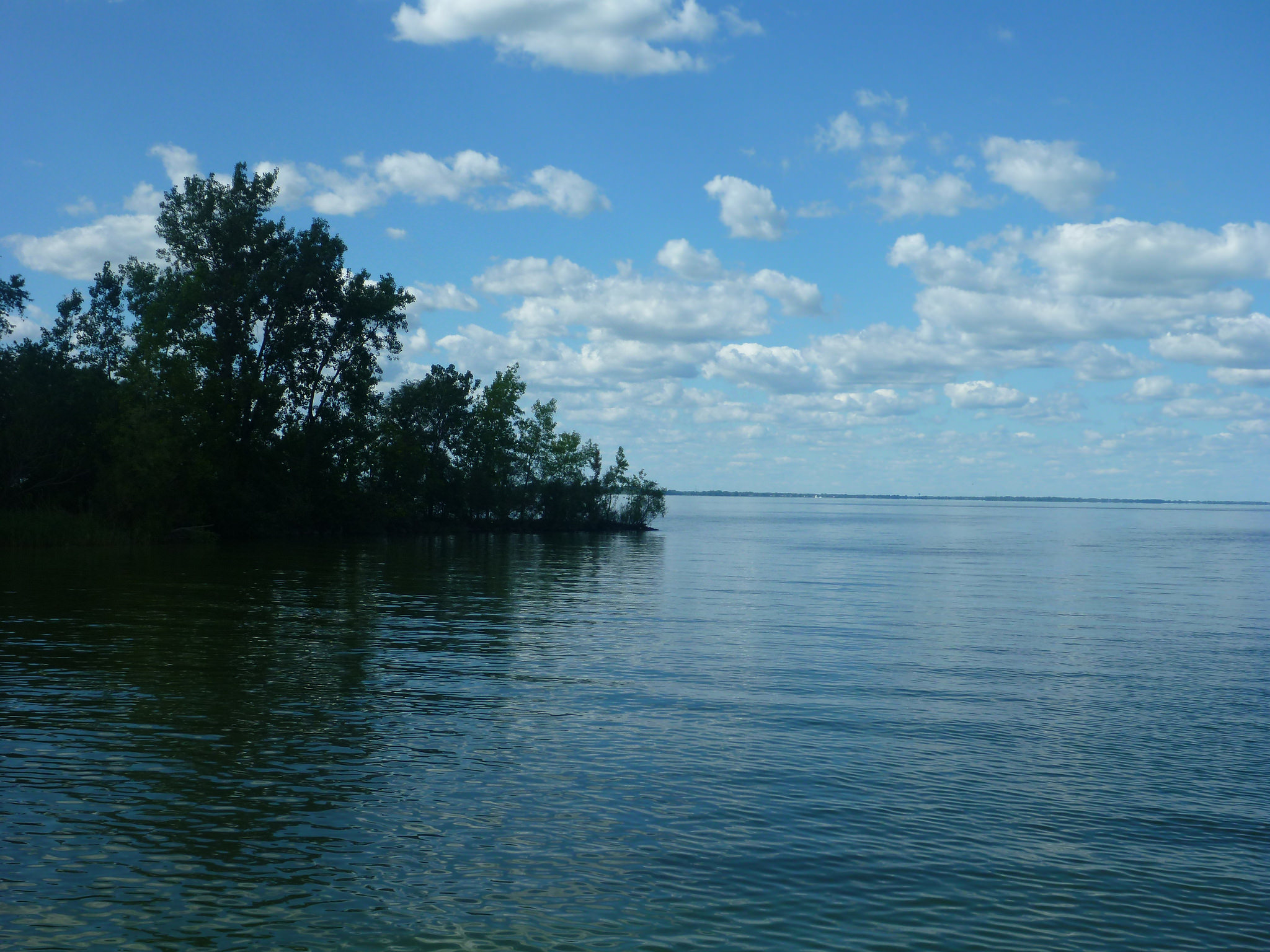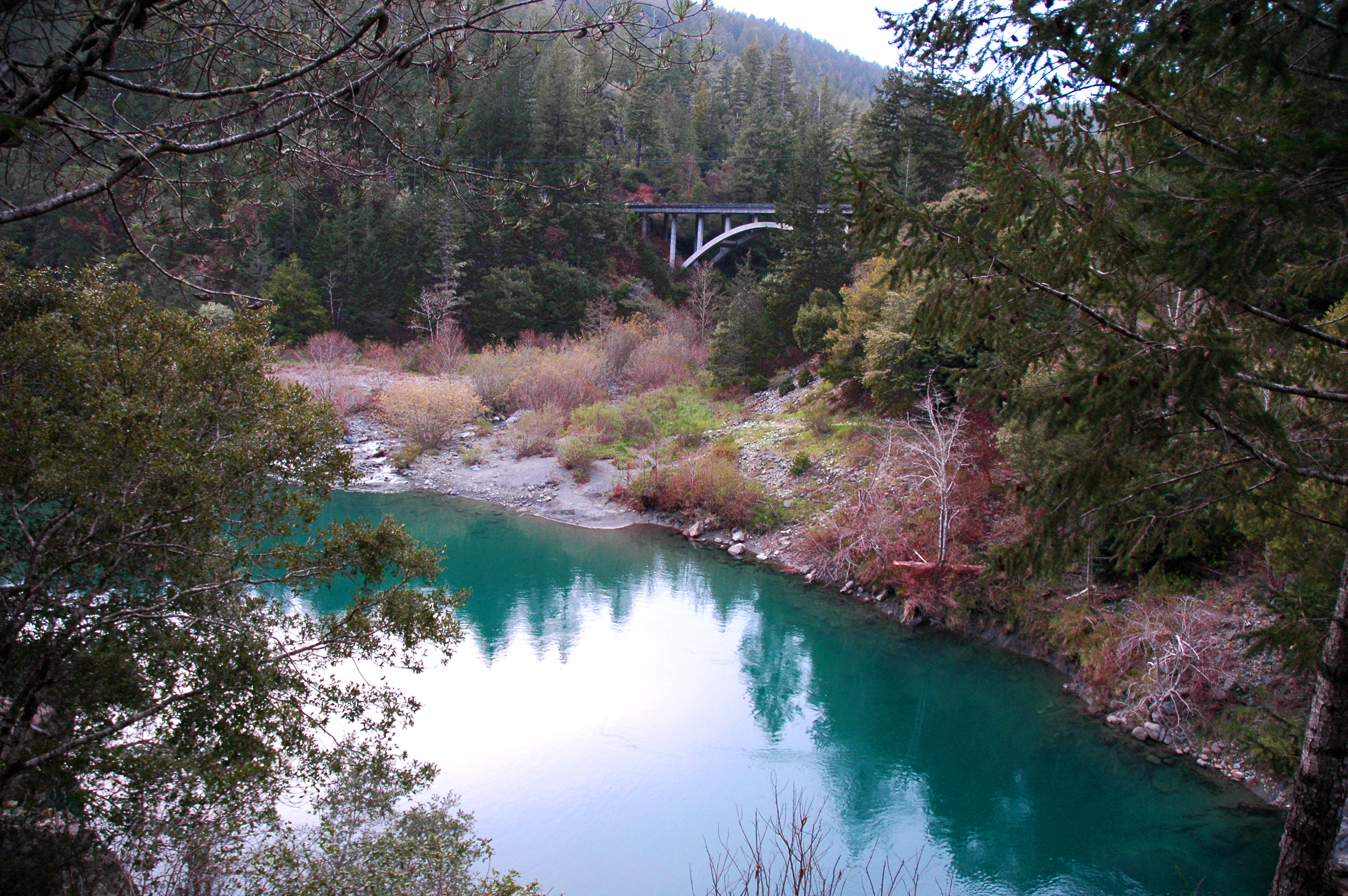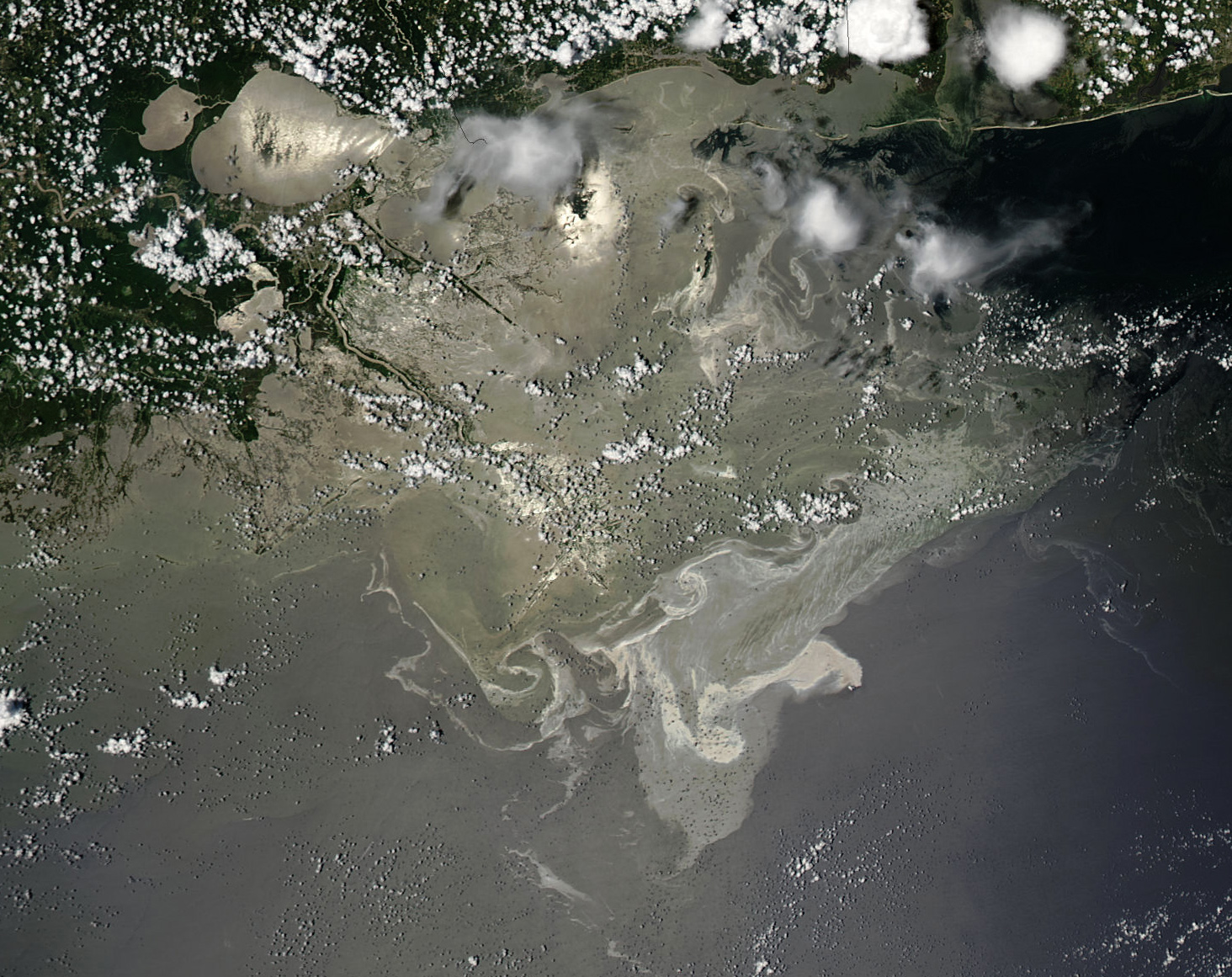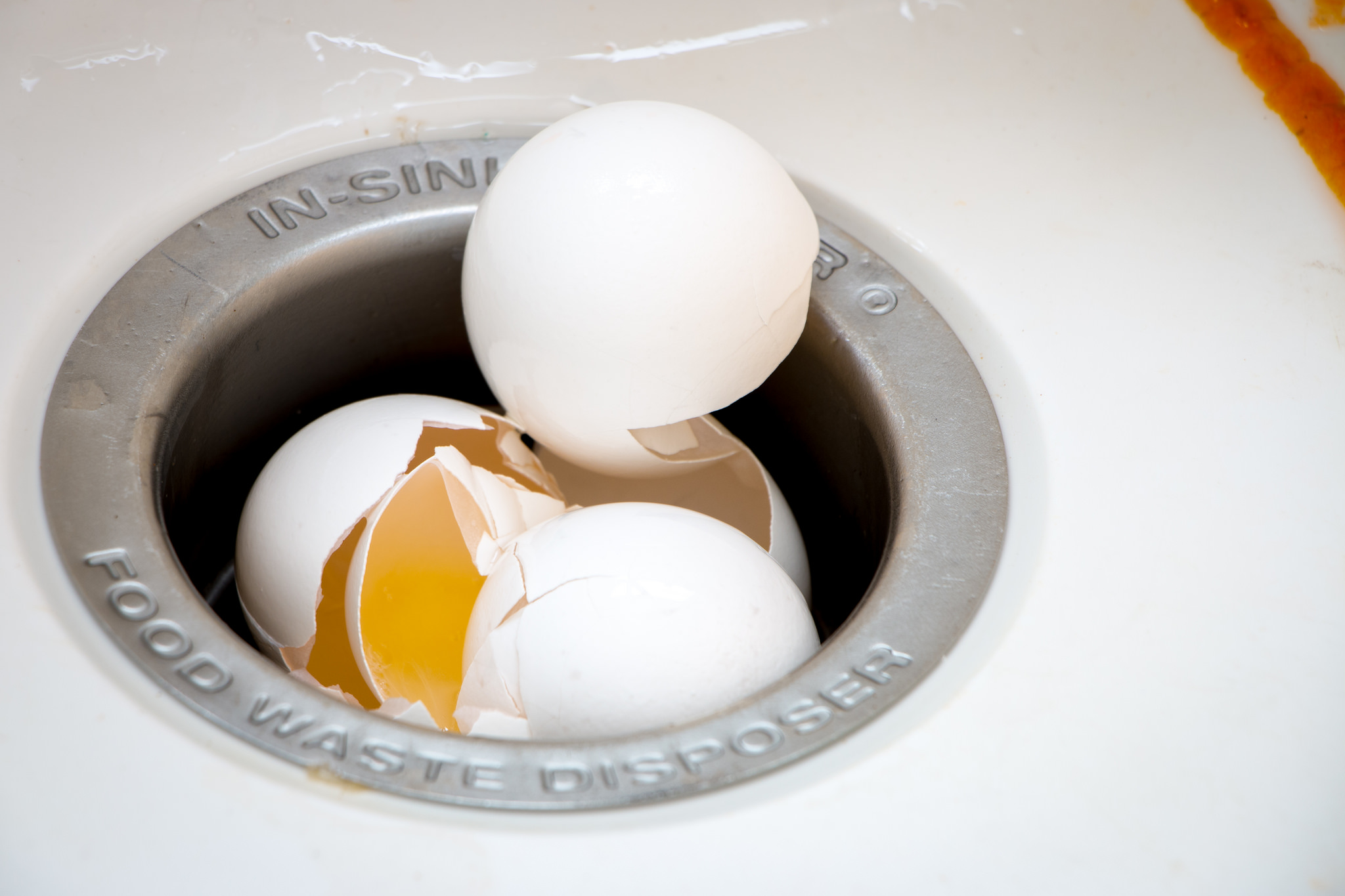Air and Water
Young Fish Eat Microplastics
We have talked before about the increasing problem of microplastics polluting the oceans. Much of the small plastic particles result from the breakdown of plastic litter such as plastic bags, packaging and other materials. Another source is microbeads, which are often found in health products such as face scrubs and even some toothpastes.
Turning CO2 Into Rock
One of the strategies to tackle the problem of increasing greenhouse gas emissions that are resulting in climate change is Carbon Capture and Storage or CCS, which seeks to prevent CO2 from entering the atmosphere and to instead tuck it away somewhere. A longstanding approach to doing it is to store it underground in voids such as abandoned oil and gas reservoirs. There are various complications associated with this idea, not the least of which being potential leakage of the stored CO2.
Sunscreen And Coral Reefs
Coral reefs are great tourist attractions. Nearly a million species of fish, invertebrates and algae live in these biodiversity hotspots and they generate billions of dollars yearly from the tourism industry.
Testing The Ocean Cleanup Array
It’s no secret that our oceans are full of plastic. Plastic trash can be found on up to 88% of the oceans’ surfaces, with most of the debris concentrated in the top two meters of water. The plastics gather in certain areas of the ocean due to the swirling nature of ocean currents, known as gyres. Some of these concentrations, such as the infamous Great Pacific Garbage Patch, are so large they can be seen from space.
CO2 Air Capture
The level of carbon dioxide in the atmosphere has reached 400 parts per million and is still rising. Climate scientists say that 450 parts per million would be dangerously high. Many experts say that we really need to get back to 350 parts per million. We are trying to prevent global temperatures from rising more than 1.5 degrees Celsius.
Reducing Emissions From Ships And Planes
The global efforts to reduce carbon emissions are marked by a conspicuous omission: the aviation and shipping industries. These two industries contribute 6% of all man-made CO2 emissions, but have so far managed to avoid international control. And not only are they major sources of carbon emissions, their contributions are growing three times faster than overall global CO2 emissions.
The Trouble With Burning Forests
President Obama has set 2030 as the target for reducing U.S. carbon dioxide emissions to comply with the Paris Climate accord. Unfortunately, the Senate’s new Energy Bill would allow states to count wood as a “carbon neutral” fuel when drawing up plans to comply with the EPA’s Clean Power Plan.
Pakistan’s Green Tsunami
Pakistan has a terrible history of environmental degradation. Since it became an independent country in 1947, almost all of its primary forests have been cut down while its population has grown by an unbelievable 600 percent.
The Debate Over GMOs
GMO crops have been the source of a great deal of controversy over the years. A major concern has been whether they potentially cause health issues for consumers, which is an understandable worry.
Sponsoring National Parks
Everybody loves national parks. They offer scenic wonders, opportunities to commune with nature, and a chance to get away from the pervasive commercialization that fills our lives. But that may soon change.
Less Sulfur In The Soil
Acid rain is rain containing high levels of nitric and sulfuric acids. The main culprit for it is the burning of fossil fuels, particularly coal-burning power plants. The most serious effect of acid rain is the creation of toxicity in lakes, wetlands and other aquatic environments, doing great harm to a wide range of aquatic animals.
Mobile Apps Empower Citizen Science
Citizen scientists play a vital role in raising awareness about the health of our nation’s freshwater resources. Their efforts can help document water clarity and track harmful algal blooms and other indicators of poor water quality instrumental to sound management.
A Giant Dam Removal Project
In early April, the U.S. Government, the states of Oregon and California, and the utility Pacificorp signed an agreement that will lead to the removal of four dams on the Klamath River by 2020, amounting to one of the largest river restoration efforts ever undertaken in the United States.
Making It Rain
It seldom rains in the United Arab Emirates. Some areas of the UAE receive less than five inches of rain annually, and often little to none at all during the summer months when temperatures can climb above 110 degrees Fahrenheit. These conditions have led to water security concerns particularly in Dubai, a blossoming international destination, as well as in rural, farming communities.
The BP Oil Spill
In 2010, an explosion on the BP-owned Deepwater Horizon drilling rig released more than 200 million gallons of oil into the Gulf of Mexico. Some of the oil was recovered, burned, or dispersed at sea, while some washed up onto the shorelines of Texas, Louisiana, Mississippi, Alabama, and Florida.
Preventing Toxic Algal Blooms
We have talked about the growing problem of toxic algal blooms on a number of occasions. The increasing occurrence of these blooms has been associated with rising temperatures and carbon dioxide levels as well as the presence of wastewater nutrients and agricultural fertilizers in rivers, lakes and reservoirs. The most notable incident occurred in the summer of 2014, when algae contamination in Lake Erie left 400,000 residents in Ohio and Michigan without water for 72 hours.
Coral Bleaching On The Great Barrier Reef
It was already well-known that coral bleaching was a serious problem in the Great Barrier Reef, but extensive aerial surveys and underwater dives have now revealed the shocking extent of the problem.
[Read more…] about Coral Bleaching On The Great Barrier Reef
